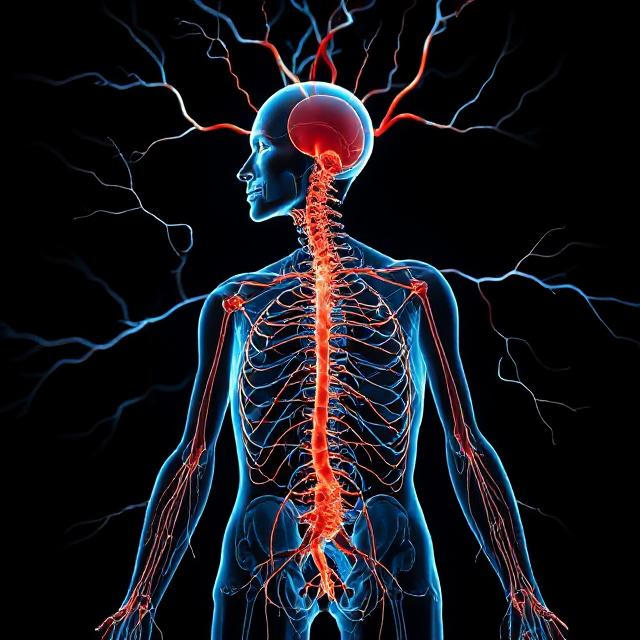Post-Traumatic Stress Disorder and anxiety disorders affect millions of people worldwide, and traditional therapies like talk therapy and medication have been the cornerstones of treatment for years.
However, the rise of Virtual Reality therapy has opened up new possibilities in mental health care by offering patients an immersive and innovative way to confront and manage their symptoms.
What Is VR Therapy?
Virtual Reality therapy involves using a VR headset and specialized software to immerse individuals in controlled, virtual environments designed to help them process traumatic memories, confront fears, and reframe negative thoughts.
Unlike traditional methods, VR therapy can provide a dynamic, interactive, and immersive experience that helps patients break free from the limitations of conventional treatment.
The Power Of Exposure Therapy
One of the most promising applications of VR therapy lies in the realm of exposure therapy.
Exposure therapy is based on the principle that gradually exposing individuals to the triggers of their PTSD or anxiety can help them build tolerance and reduce their distress over time.
In a VR setting, patients can experience virtual recreations of scenarios or environments that are directly related to their trauma, such as the sounds of a warzone for veterans or the visuals of a crowded room for someone with social anxiety.
This form of controlled exposure allows patients to confront their fears without being exposed to real-life danger.
VR technology allows for a highly customizable experience, meaning environments can be tailored to a patient’s specific needs and pace.
How VR Helps In PTSD Treatment
For people suffering from PTSD, particularly veterans and survivors of traumatic events, the symptoms can be debilitating.
Flashbacks, hypervigilance, and emotional numbness are just a few of the common challenges faced by those with PTSD. VR therapy offers a way to engage patients in a process of confronting their trauma in a controlled, manageable manner.
By using VR simulations to recreate specific traumatic experiences, therapists can guide patients through the emotional process of re-experiencing their trauma with the support of therapeutic techniques such as cognitive-behavioral therapy.
The goal is to help patients gradually detach from the emotional intensity tied to these memories and reframe their perceptions of the events.
A Tool For Anxiety Management
Anxiety disorders, from generalized anxiety to phobias and panic attacks, are also effectively addressed with VR therapy.
Through virtual environments, individuals can confront their fears in situations where they feel most vulnerable, such as standing in front of a crowd or boarding a plane.
By doing so, patients learn to regulate their physiological responses and emotional reactions.
By gradually increasing the intensity of these virtual experiences, they can build up their resilience and coping strategies in a way that feels less overwhelming.
The Role Of Technology: How Nextech 3D Fits Into VR Therapy
As VR technology continues to advance, so do the opportunities for integrating it into mental health treatment.
One of the leaders in this area is Nextech3D, which uses cutting-edge 3D modeling and VR environments to create lifelike scenarios for exposure therapy.
This technology allows therapists to offer a wide range of immersive experiences, from peaceful nature settings for anxiety relief to complex, high-intensity simulations for trauma processing.
Nextech3D's platform can be customized to suit individual patients, making it an ideal tool for therapy sessions that require a personalized touch.
Whether it’s helping a person with PTSD revisit a past traumatic event or guiding someone through an anxiety-inducing social interaction, Nextech3D can be an invaluable resource in supporting both the therapist’s objectives and the patient's healing journey.






